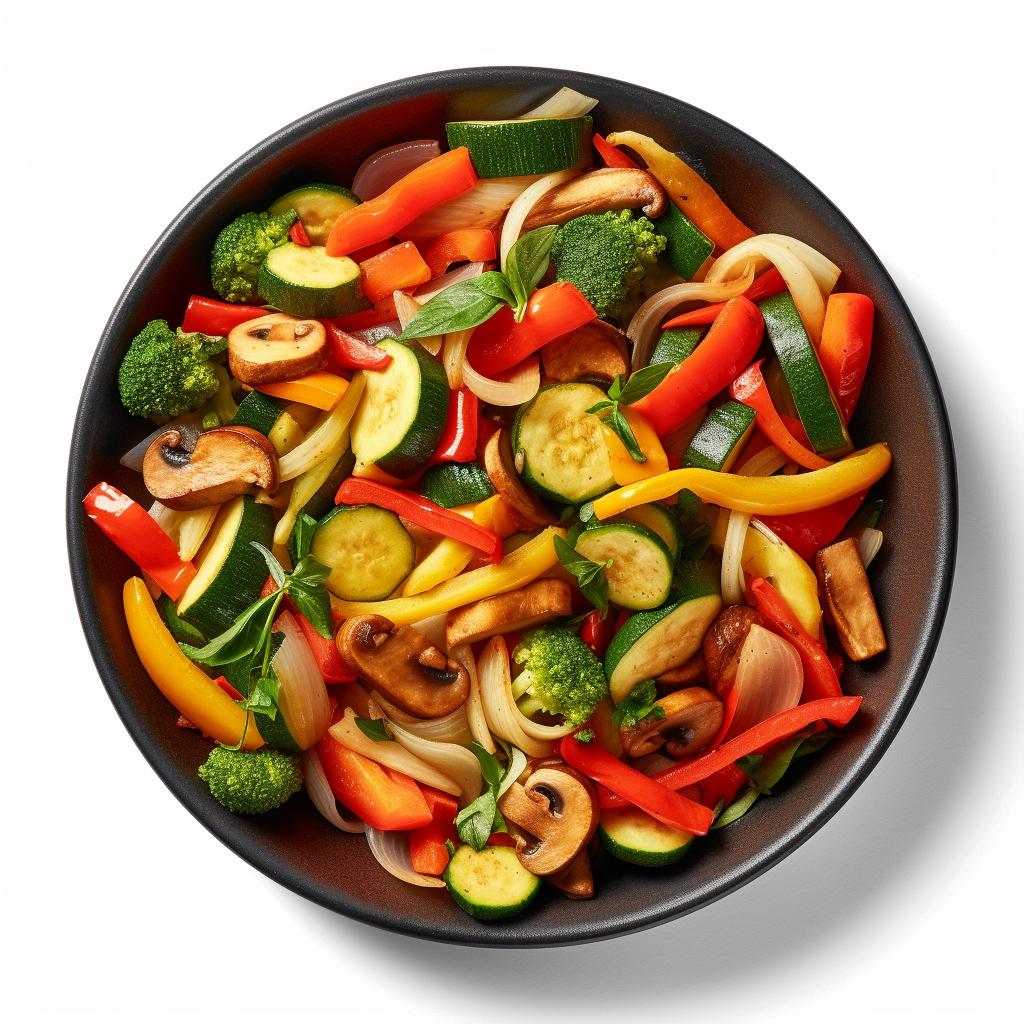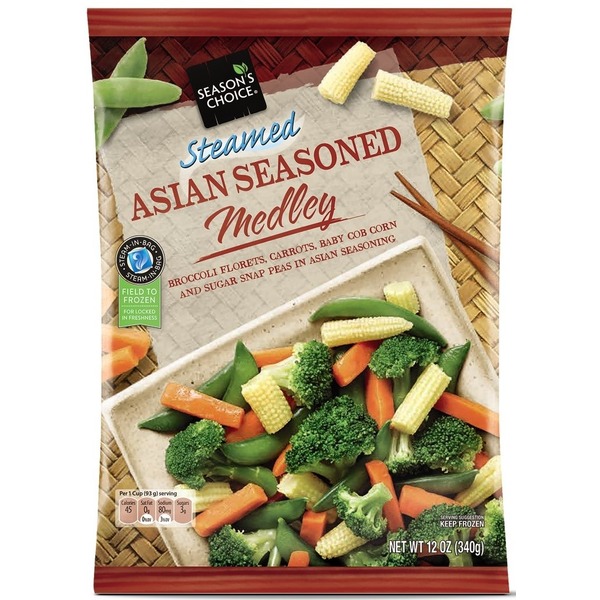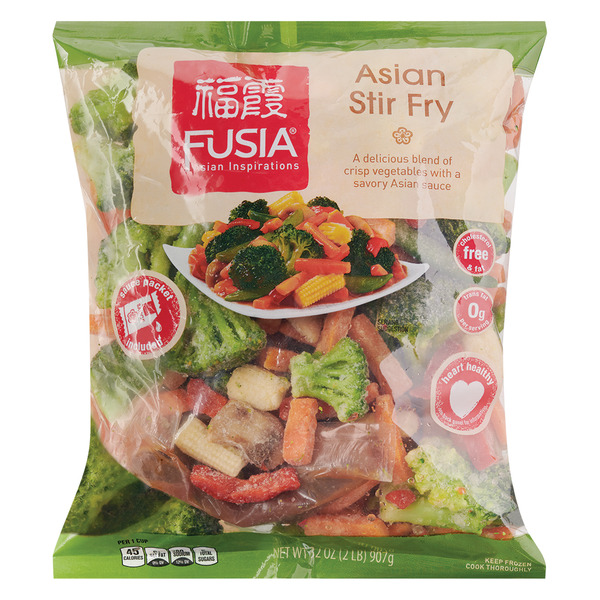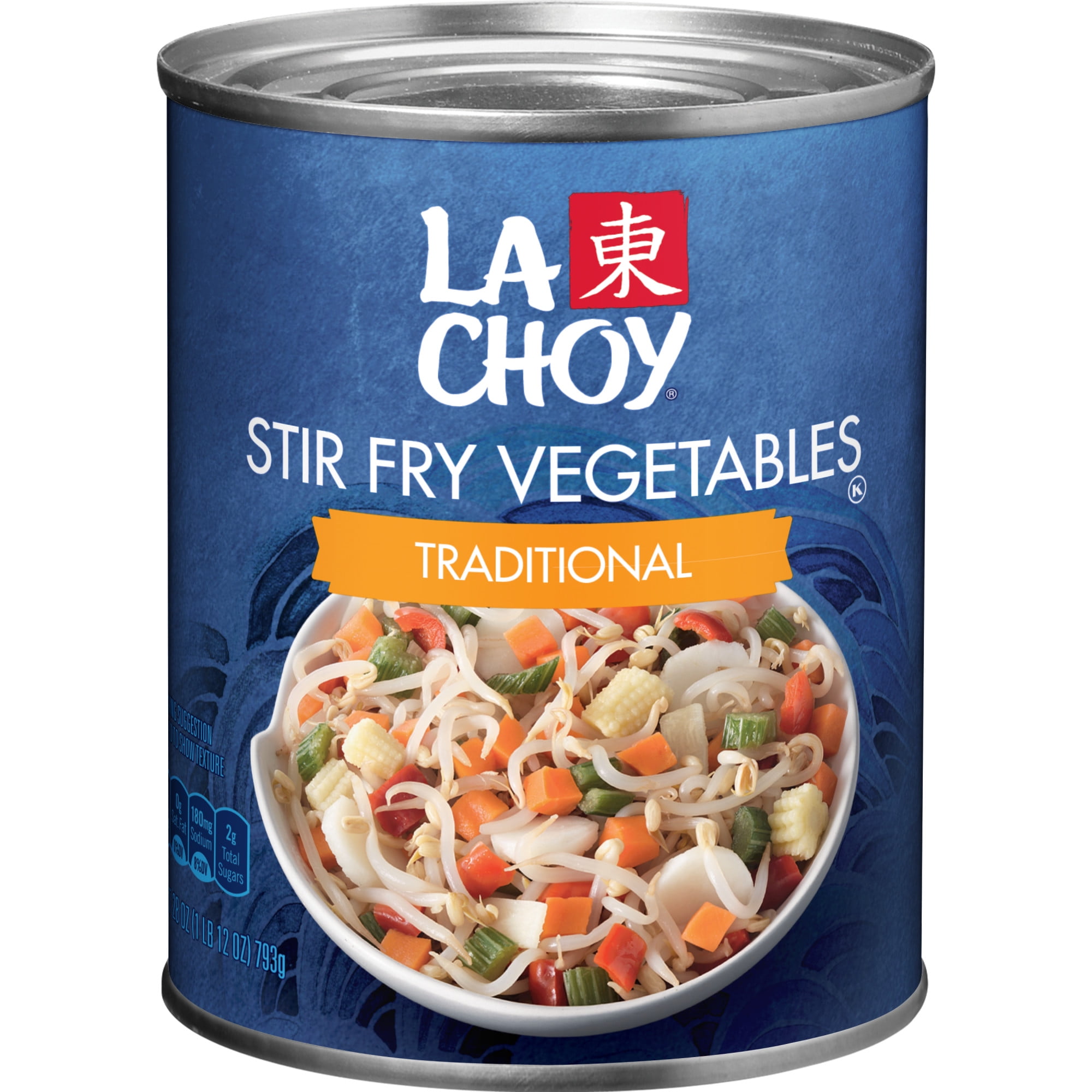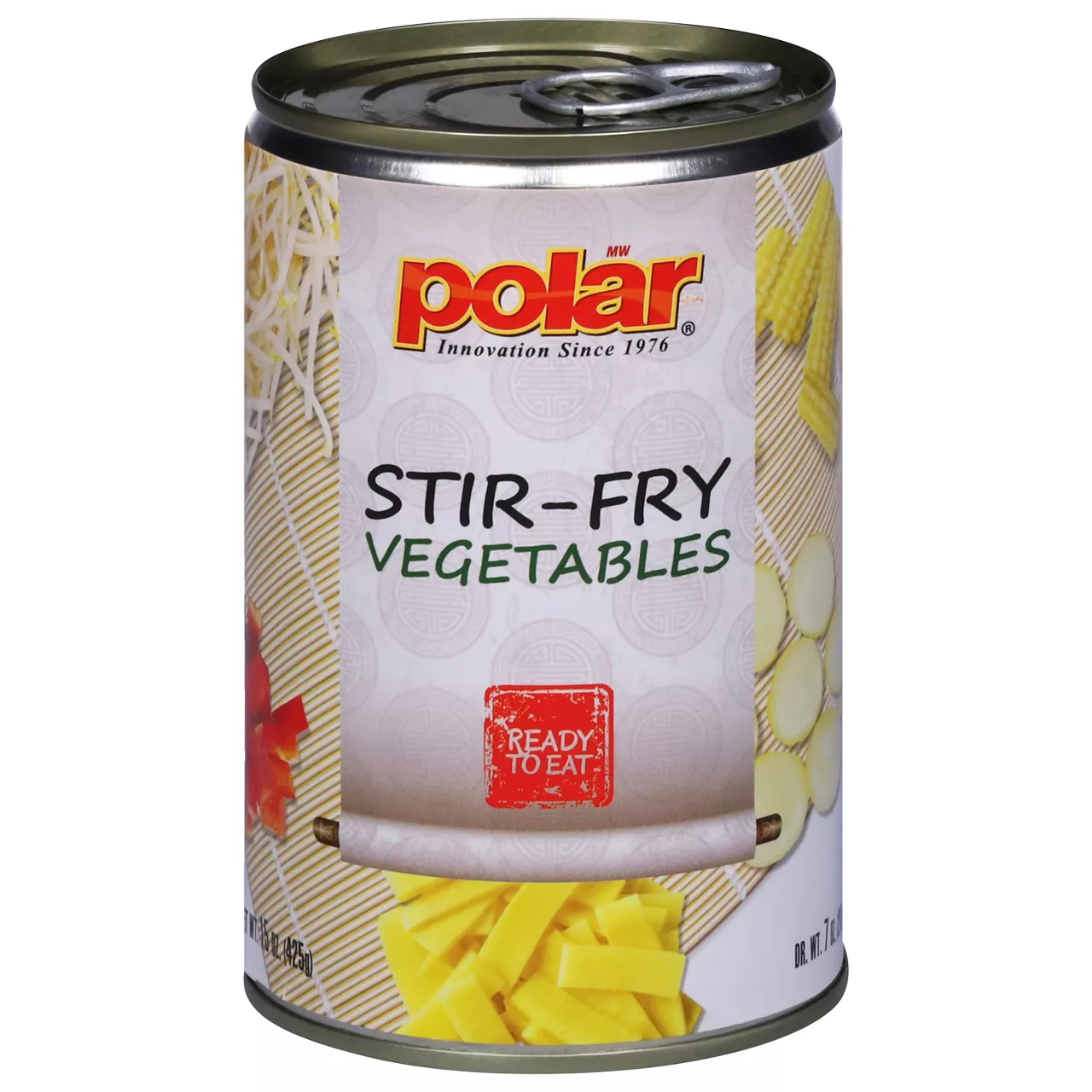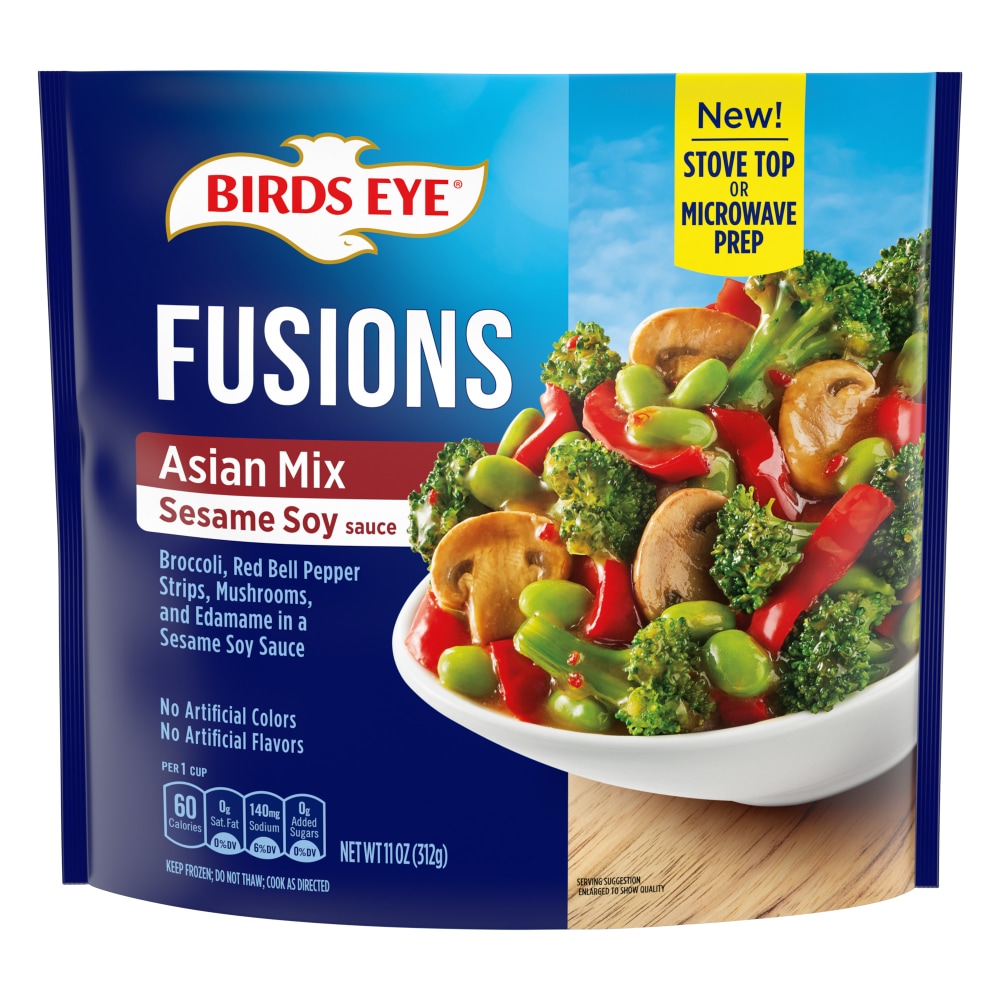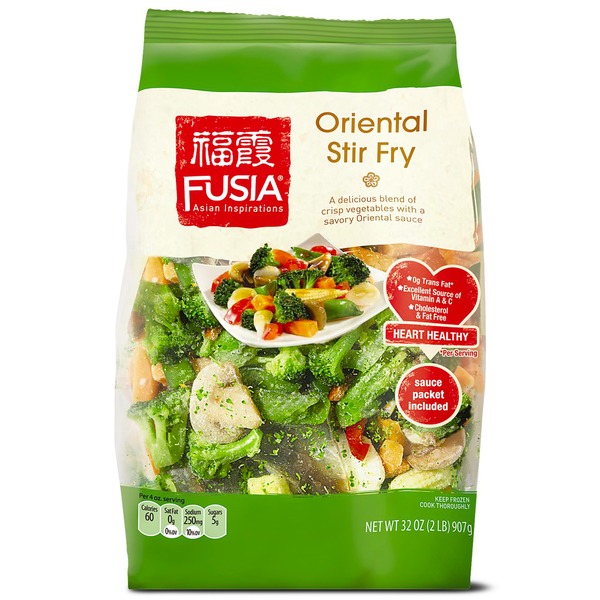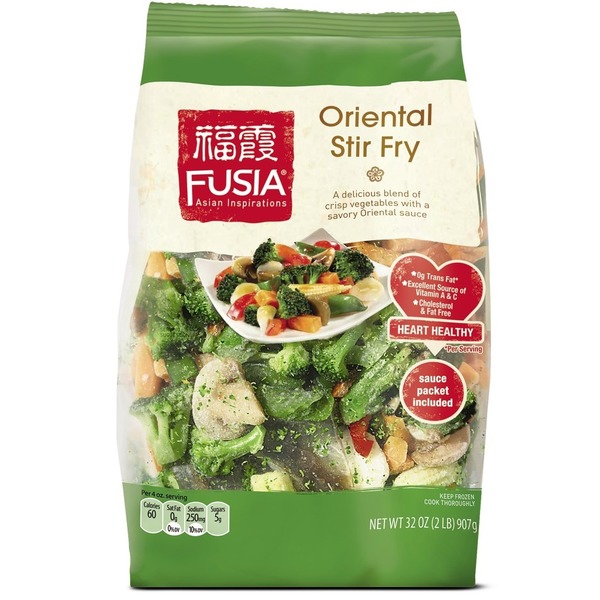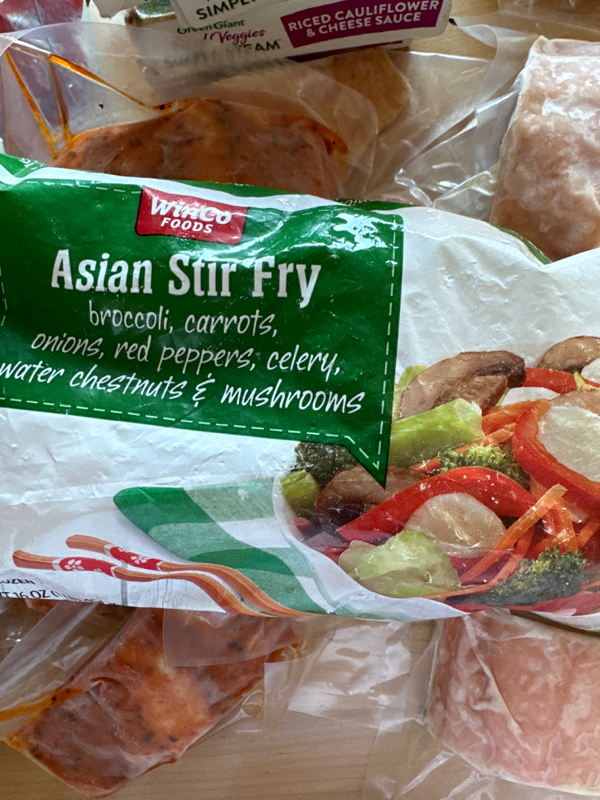Vegetable Stir Fry
Vegetable Stir Fry is a dynamic, customizable dish that brings an abundance of nutrition and flavor to the table. Utilizing a variety of vegetables, which can include broccoli, bell peppers, or snap peas, it serves as a hearty, vegetable-based meal or side dish. Different sauces or seasonings can tailor it to your taste preference, making it appealing for a wide range of palates.
A big attraction to Vegetable Stir Fry is its quick and easy preparation. Sauteing the ingredients together in a hot pan or wok ensures a delicious meal in a minimal amount of time. If you are low on time, or just value simplicity in meal prep, this is a great choice.
82%
CARBS
0%
FAT
18%
PROTEIN
Featured Articles
51 Vegetable Stir Fry Products
Wegmans Stir Fry Asian Vegetable Bowl
Season's Choice Steamable Frozen Asian Medley
Fusia Asian Stir Fry
La Choy Stir Fry Vegetables, Canned Vegetables for Asian Dishes
Polar Stir Fry Vegetables
Birds Eye Fusions, Asian Mix Sesame Soy Sauce, Frozen Side Dish
Oriental Stir Fry A Delicious Blend Of Crisp Vegetables With A Savory Oriental Sauce
Fusia Oriental Stir Fry
Dynasty® Chinese Stir Fry Vegetables
WINCO STIR FRY
31 Recipes for Vegetable Stir Fry
3
Express Stir-Fry Rice Bowl
5
Homestyle Hibachi Steak and Vegetable Stir-Fry
1
Sensational Veggie Stir Fry Extravaganza
1
Zesty Orange Chickpea Stir Fry
3
Honey Garlic Rainbow Veggie Stir Fry
2
Savoury Japanese Style Stir-fried Vegetables
1
Rainbow Vegetable Medley Stir Fry
3
Savory Garden Stir-Fry with Thai Rice Noodles
Vegetable Stir Fry FAQ
What vegetables can I use for a vegetable stir fry?
How do I prepare the vegetables for a stir fry?
What kind of oil should I use for stir frying?
Do I need a wok to stir fry?
How do I prevent my stir fry from being too watery?
Can I add meat or tofu to my vegetable stir fry?
How should I store leftover vegetable stir fry?
Can I use different sauces or seasonings for my stir fry?
Expiration & Storage Tips
When does Vegetable Stir Fry expire?
An unopened store-bought vegetable stir fry mix can typically last up to a week in the fridge. Always check the 'use by' date on the packaging for the most accurate information. Once opened, it's best to consume it within 2-3 days. As for homemade vegetable stir fry, consume it within 4-5 days in the refrigerator. If you freeze your vegetable stir fry, you can generally expect it to be good up to a month.
How do you tell if Vegetable Stir Fry is bad?
If your vegetable stir fry has gone beyond its prime, you'll likely notice a change in smell first. Your stir fry may start to have a distinctly off or foul odor. The vegetables might start to look dull and slimy. Mushy or excessively soft vegetables are also signs they’re past their prime. Always trust your senses - if it looks, smells, or tastes off, then it's better to play safe and not consume it.
Tips for storing Vegetable Stir Fry to extend shelf life
• Store your vegetable stir fry in airtight, resealable containers. This limits exposure to outside bacteria and air which can speed up its decay process.
• Separate large amounts of stir fry into smaller portions before storing in the refrigerator or freezer to avoid thawing and refreezing repeatedly.
• That freezer is your friend when it comes to extending the shelf-life. Allow your homemade stir fry to cool before freezing to avoid building up excess moisture.
• Use glass containers for storage as they don't stain or absorb food odors like plastics.
• Always label your containers with the date before storing in the fridge or freezer. This way, you can always check if it's still within a safe consumption date.
Health Info
Macros
19g
CARBS
4g
FAT
3g
PROTEIN
Allowed on these diets
VEGETARIAN
VEGAN
LACTOSE FREE
Contains these allergens
SOYBEANS
